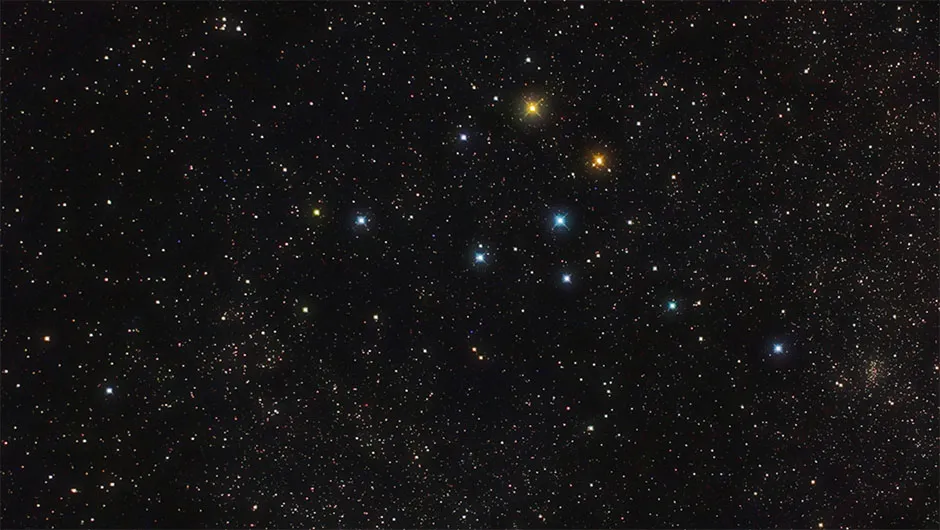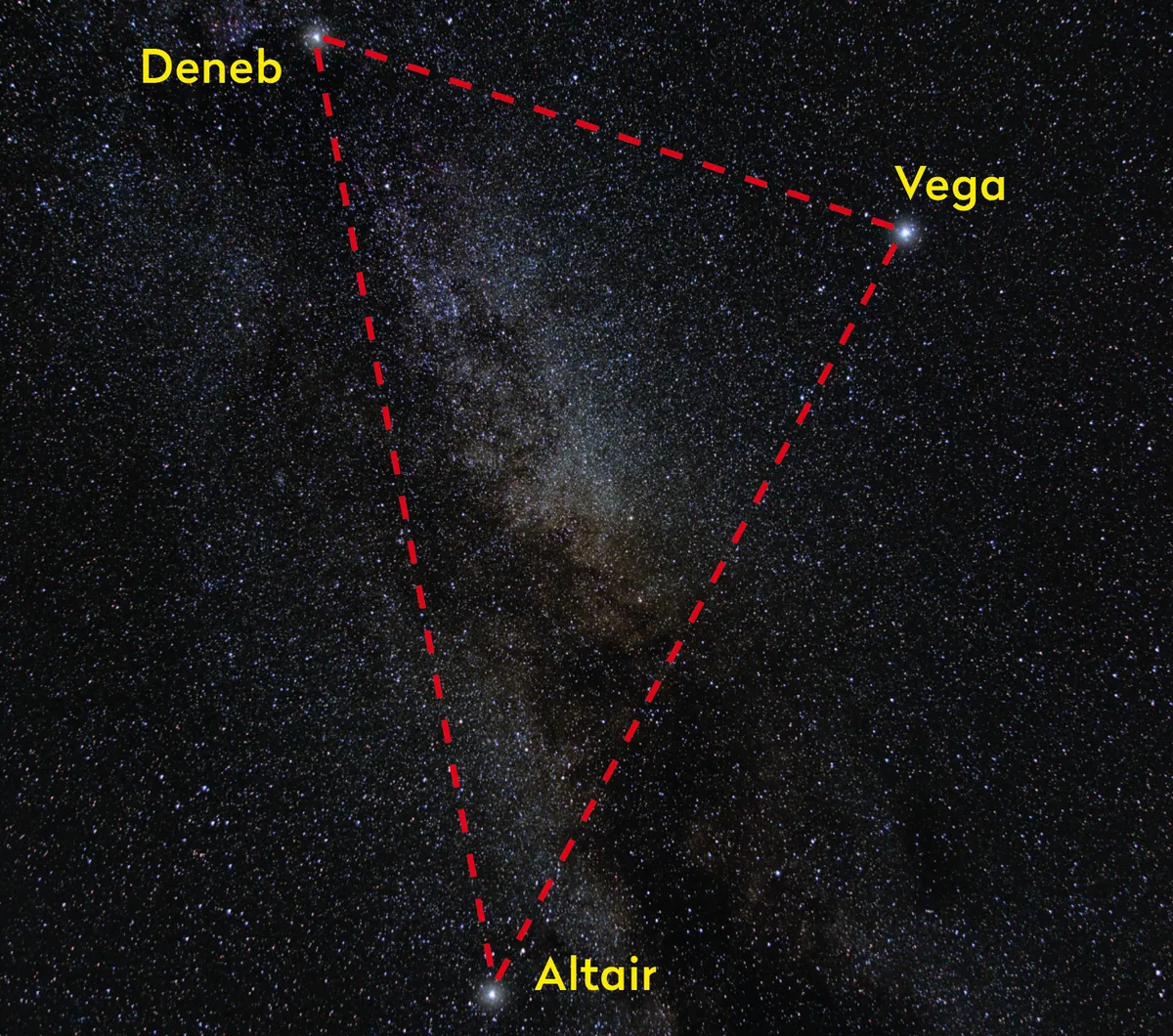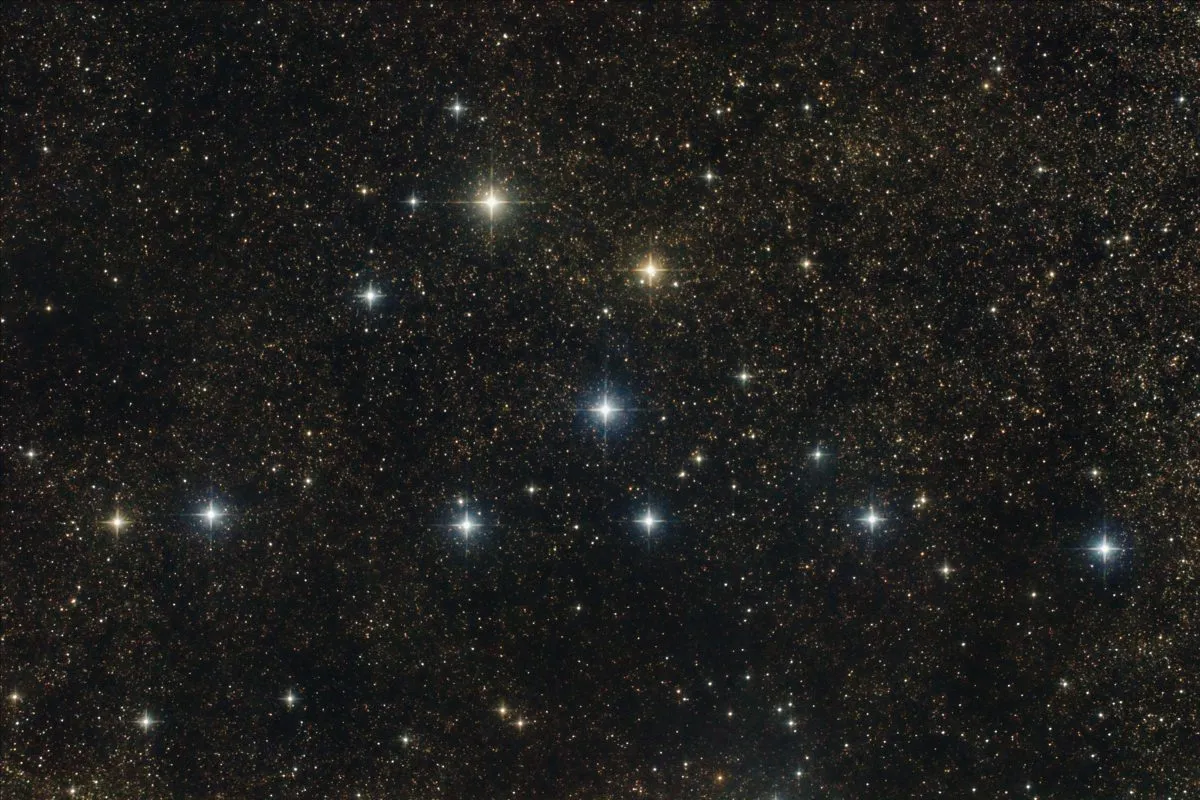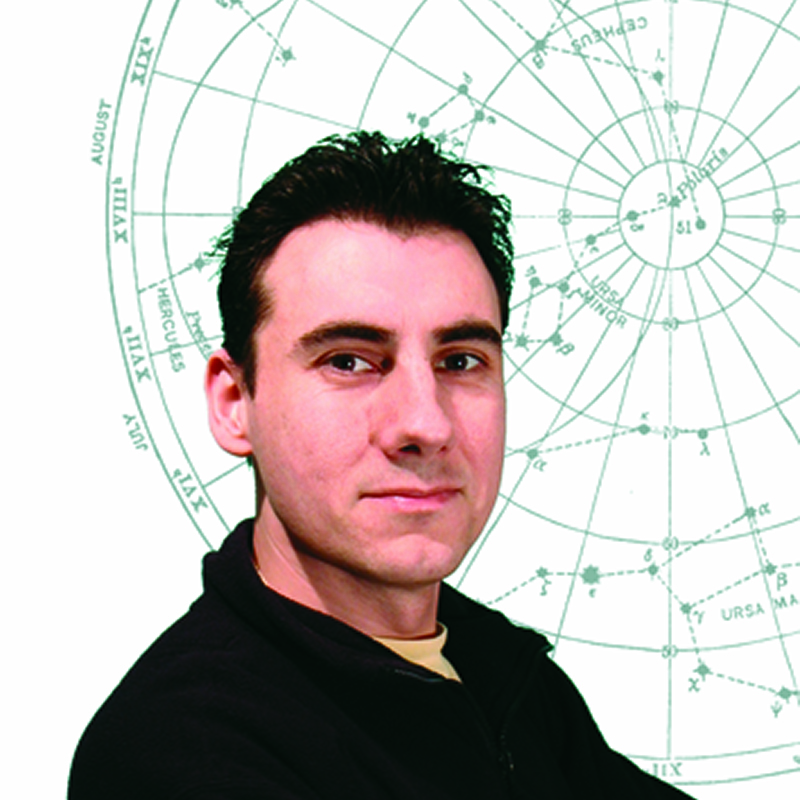A great target to observe in the night sky is a group of 10 stars that appear to take the shape of a coathanger. This is an asterism, a recognisable pattern of stars that's not one of the 88 formal constellations.
You’ll find the Coathanger asterism in the constellation of Vulpecula, which can be seen halfway up the horizon in the southeast around 11pm in the middle of July.

The reason you would wait so late to look for it is due to the long summer daylight hours, but as the weeks roll on you’ll be able to catch the asterism earlier and earlier.
The Coathanger forms the main part of an open star cluster called Brocchi’s Cluster, also known as Collinder 399, although recent studies have cast doubt on whether any of the stars are actually related.

How to find the Coathanger asterism
To find it you can use another, much bigger asterism – the Summer Triangle (one of our favourite summer constellations and asterisms) and perform a simple star hop.
This grouping is made up of three bright and easily found stars in the southern skies: mag. +1.3 Deneb (Alpha Cygni) on the top left; mag. 0.0 Vega (Alpha Lyrae) on the top right; and at the bottom, mag. +0.8 Altair (Alpha Aquilae).

Lock your binoculars onto Altair. A short distance above it you’ll find mag. +2.7 Tarazed (gamma Aquilae).
Altair, Tarazed and Vega are almost aligned, and it’s this imaginary line that you want to move along towards Vega.
As you go, you will see the almost identical stars of Alpha and Beta Sagittae, both mag. +4.4, in the left of your field of view.
The Coathanger will appear a little farther on. In all, you will have shifted your gaze approximately one-third of the distance from Altair to Vega.

